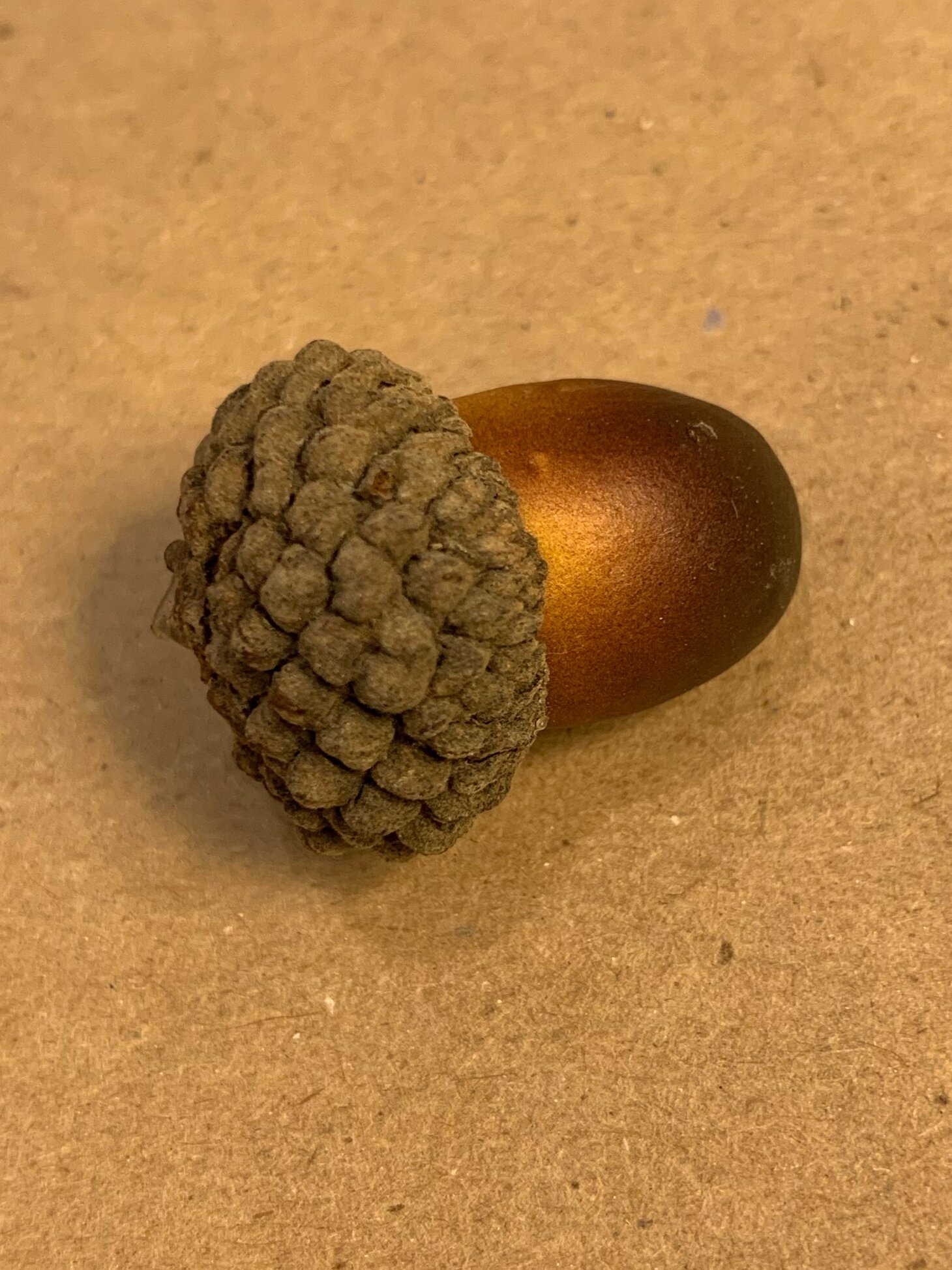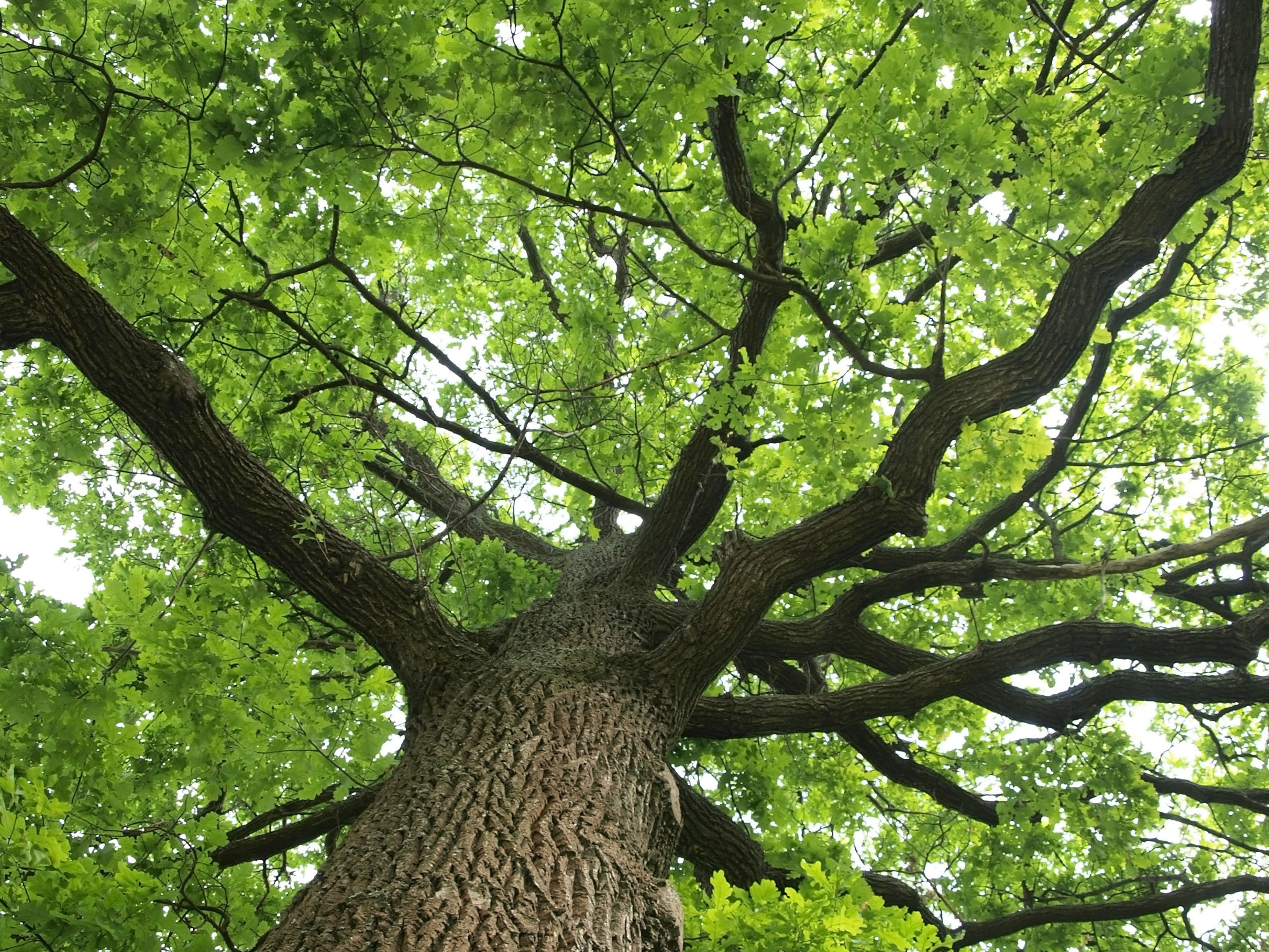A Glimpse Into What Heaven Will Be Like
White-robed people with halos and wings sitting on clouds and playing harps. That’s what popular culture thinks heaven will be like.
Raise your hand if that’s where you want to go. Not me! Sounds about as stimulating as being forced to count all the doorknobs in the Empire State Building.
For the record, the harp and clouds image is nowhere in the Bible. So, if this picture of heaven is wrong, what will it really be like?
Before I share some thoughts, let me point out that the Bible clearly teaches that only people who are heaven-bound are those who have come to grips with their own sinfulness and trusted in the forgiveness Jesus made possible through his death and resurrection. If that’s something you’ve done, the rest of this article applies to you.
So, what will Christians experience in the afterlife? Although the Bible doesn’t offer a detailed picture, it does hint at what awaits us.
In his first letter to the Corinthian church, Paul devotes the entire fifteenth chapter to discussing, first of all, Jesus bodily resurrection and, then, the resurrection of those who have trusted Christ.
Someone will ask, “How are the dead raised? With what kind of body will they come? . . . When you sow, you do not plant the body that will be, but just a seed, perhaps of wheat or of something else. . . . So it will be with the resurrection of the dead. The body that is sown is perishable, it is raised imperishable; it is sown in dishonor, it is raised to glory; it is sown in weakness, it is raised in power; it is sown a natural body, it is raised a spiritual body (15: 35, 37, 42-44a).
Let’s start with the idea of the seed that is buried and what it ultimately becomes – something totally unlike what it started out as. Consider the relationship between an acorn and an oak tree. An acorn is small, round, and hard – beautiful in its own way. But the makeup of an oak tree is far more complex, consisting of a root system, protective bark, a hardwood structure, tubes that transport fluid and nutrients, elegant leaves, and (yes) even more acorns. An acorn weighs about 1 ounce. An eighty-foot oak tree with a two-foot diameter weighs approximately 10 tons. That makes an oak tree over 300,000 times heavier than an acorn.
We can’t press this analogy too far, but it does hint at the order of magnitude between this life and the one to come. A seed is small and fairly simple compared to the ultimate plant that is spectacularly larger and incredibly more complex.
Beyond the size differentials, Paul also distinguishes between the innate nature of what is planted and what ultimately emerges: perishable vs. imperishable, dishonored vs. glorious, weak vs. powerful, natural vs. spiritual. All these contrasts point to a future life infinitely more desirable than this present one.
The singers of the whimsical Polka standard “In Heaven There Is No Beer” declare that, since they expect heaven to be devoid of the pleasures of earth, they eagerly drink their beer here. Although the song is good for a chuckle, it completely inverts the “pleasure ratio” between this life and the next. There is not a single legitimate earthly pleasure God has created for people to enjoy that will be absent from heaven. In fact, the glimpse we get from these verses from Paul assure us that our future pleasures will be multiplied almost beyond measure. So, you won’t be missing out on anything.
The next time you happen on an acorn on one of your hikes, think about the incredible potential it contains – the ability to explode into an awe-inspiring, towering oak tree. And remind yourself that this dynamic offers a taste of what God has in store for you.

